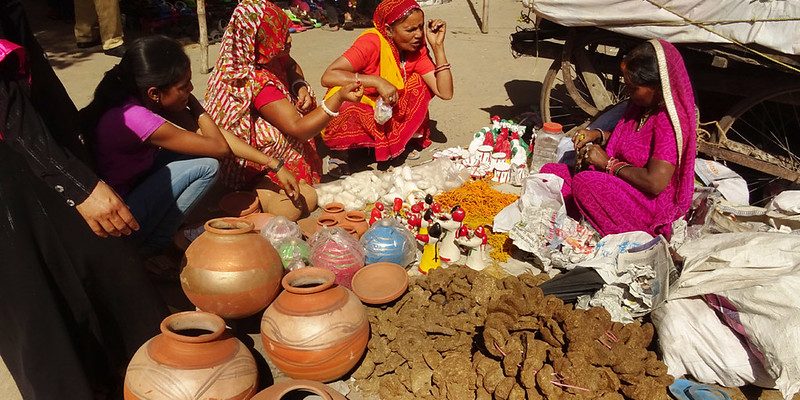This is the best summary I could come up with:
The report further highlights growing debt, accompanied by a “volatile inflation” spell, lower employment (dominated by the informal sector), and a potential disruption of global supply chain resulting in “increasing fiscal pressures for India”.
The Indian government’s response to the IMF report, particularly concerns about debt, was unsurprisingly aimed at refuting the institution’s word of caution.
With a lower denominator (GDP level), one can expect the net debt effect to rise even if borrowings remained the same, which isn’t the case.
The IMF data (see Table 1 below) indicates how government debt has increased to alarming levels of 82.4% (anything over 80% of GDP is a red risk marker, in economic crisis terminology)
The RBI has done everything possible to exercise dollar selloffs for maintaining exchange rate stability in the currency market for a depreciating rupee, and if one looks at the incoming flow mechanism of forex into the country, macro-FDI levels have remained (as per IMF’s own Table 1) more or less the same, even though foreign portfolio numbers have remained extremely volatile for India (signalling a rise in hot money inflow/outflow and a loss in credibility of an emerging market to attract long term stable investment via FDI).
The problem is all of this rising spending is actually leading to higher growth and is coming at the cost of essential social/welfare expenditure for human capital development.
The original article contains 1,234 words, the summary contains 224 words. Saved 82%. I’m a bot and I’m open source!


